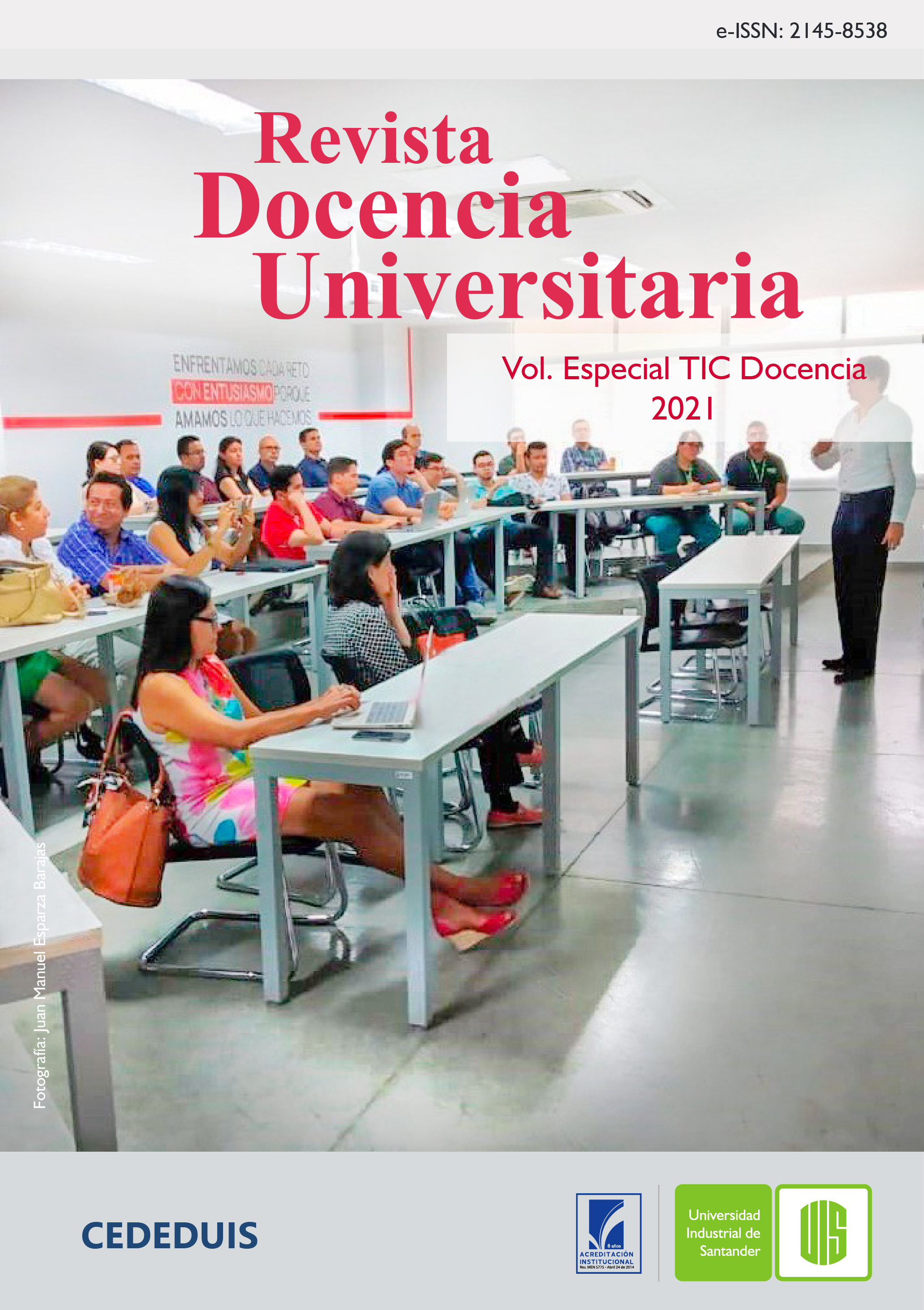Strategic Thinking levels and Their contribution to the assessment of Experimentation Skills under ABET accreditation
Published 2021-11-30
Keywords
- metacognitive,
- strategic thinking,
- fluid mechanics,
- assesment,
- ICT
How to Cite
Copyright (c) 2021 Revista Docencia Universitaria

This work is licensed under a Creative Commons Attribution 4.0 International License.
Abstract
Some authors define strategic thinking as a guide to the tasks to be followed under processes with control of actions, which are conscious and are oriented towards the objective related to learning and self-analysis of the results. Other authors have called it metacognition and, according to the 2018-2022 development plan of the Universidad del Norte, in its strategic area Comprehensive training and institutional seal. It has proposed the challenge of promoting student's transformation strategies beyond the disciplinary training and their preparation for professional life, under the strategy of promoting the implementation of actions that aim at the achievement of said skills through the emphasis of critical thinking, among others. Fostering critical thinking makes it necessary to follow an order that begins with cognition, followed by training in the metacognitive process with moments of modeling, guided practice, and autonomous practice, which later seeks critical thinking when have the ability to achieve results. Not only professional but also daily, under solid criteria and foundations. Sometimes, our actions as teachers are limited by external factors such as spaces, teaching resources, time, commitment, student skills, and the number of students to be reached. For this reason, seeking support from ICTs has been a viable option, because of the systematization of results, and how attractive it can be to the target audience, whether it is disruptive or innovative.

